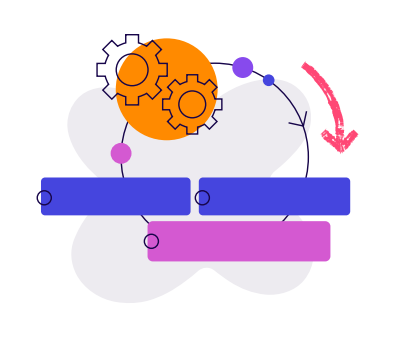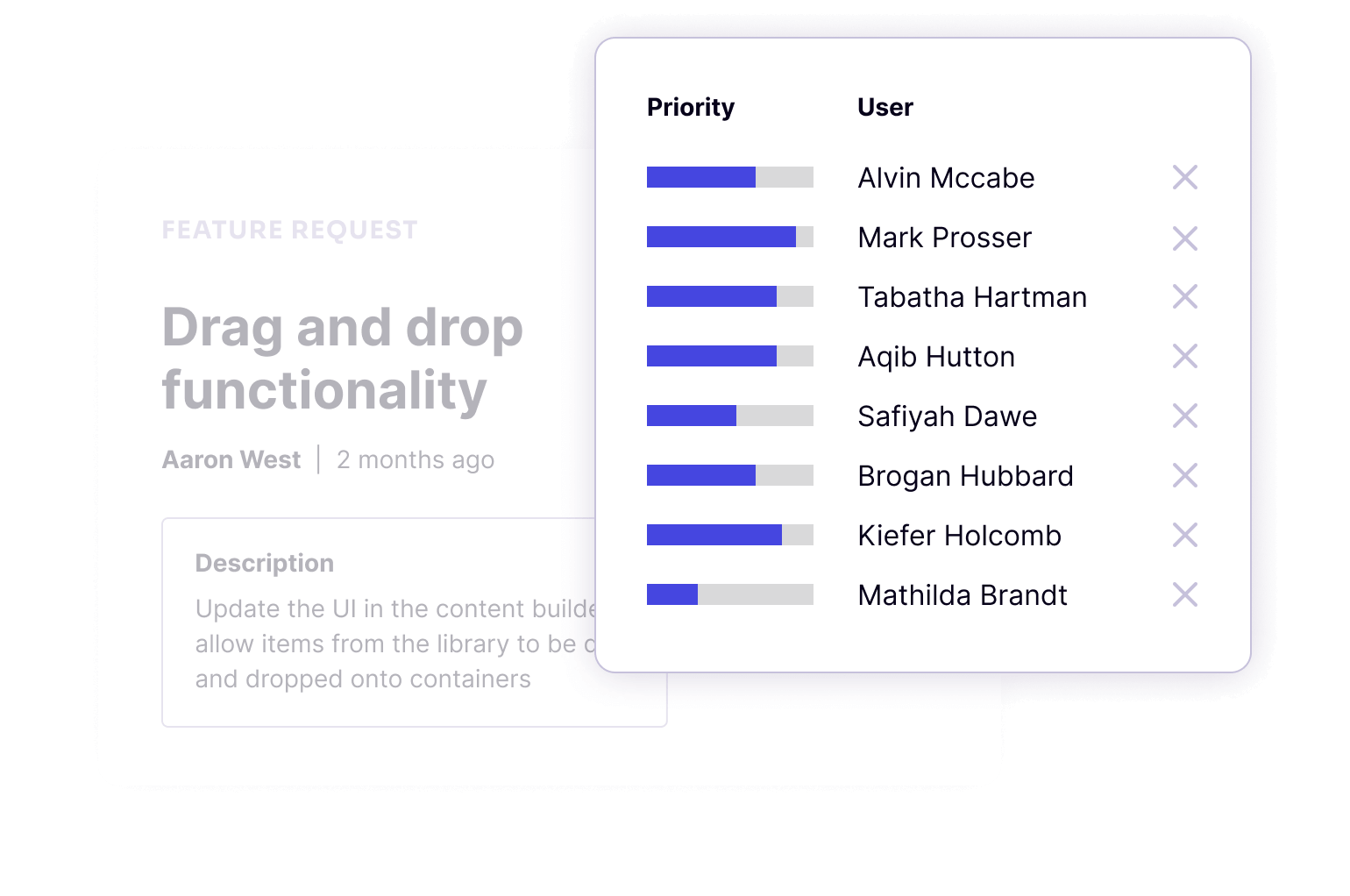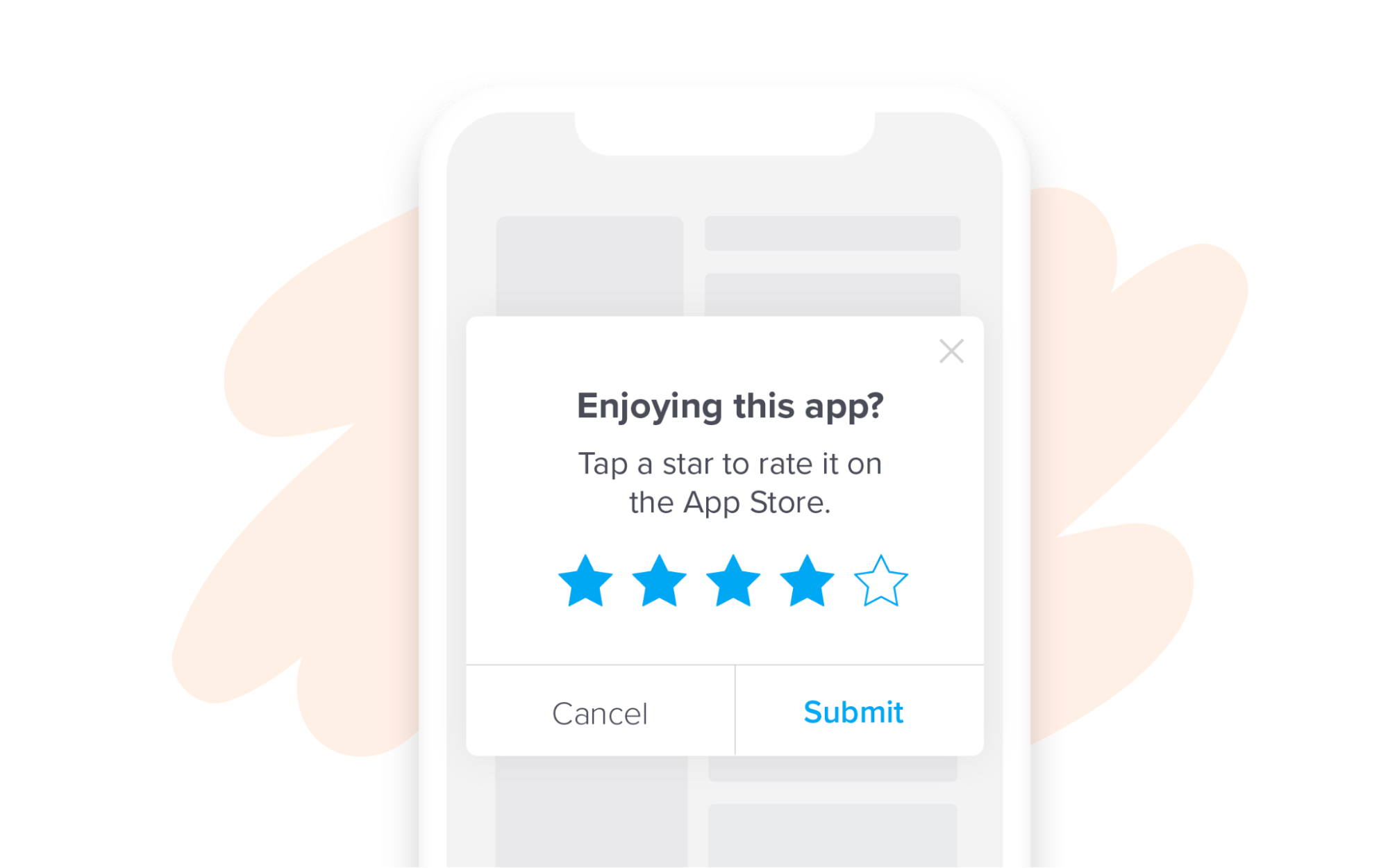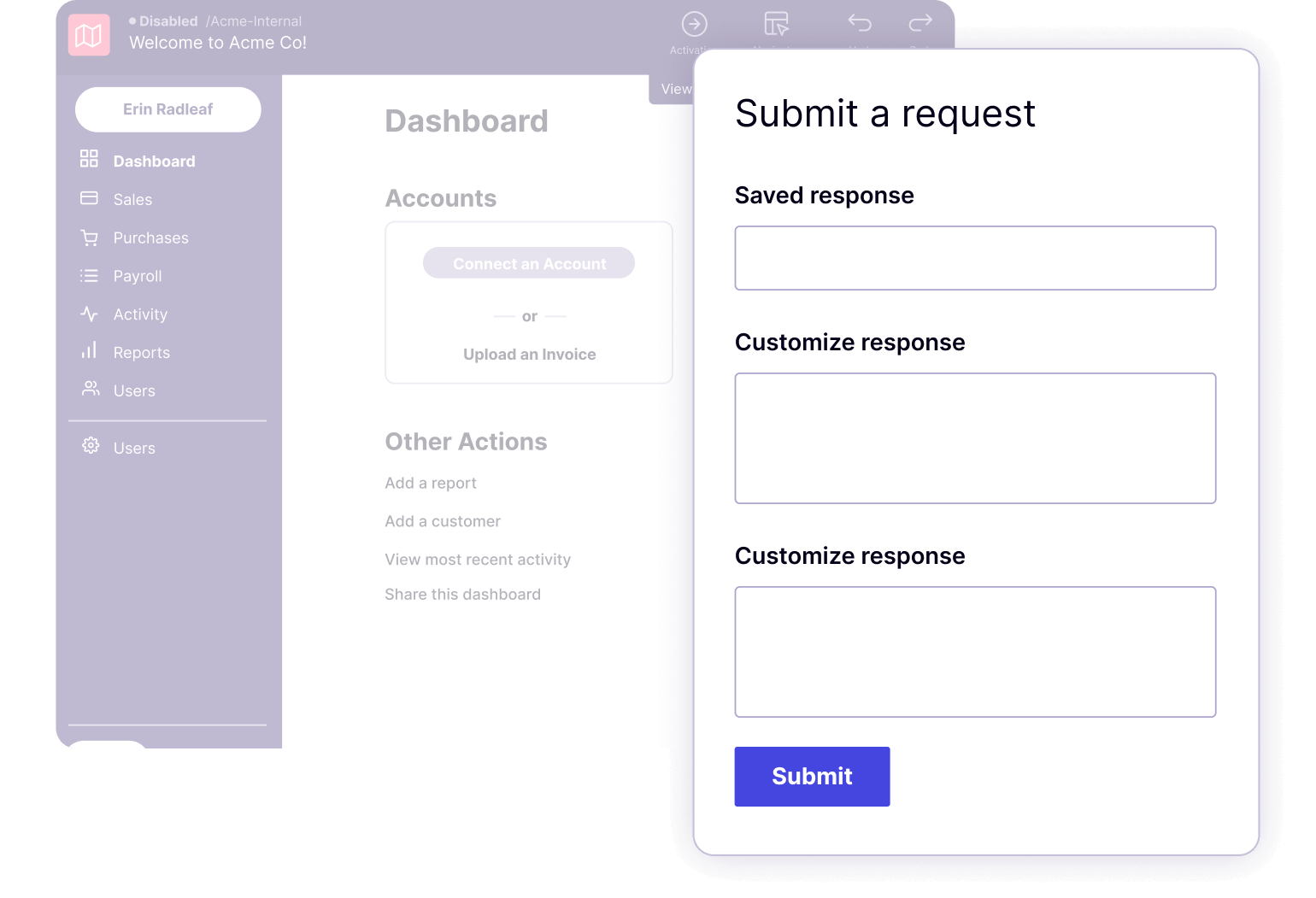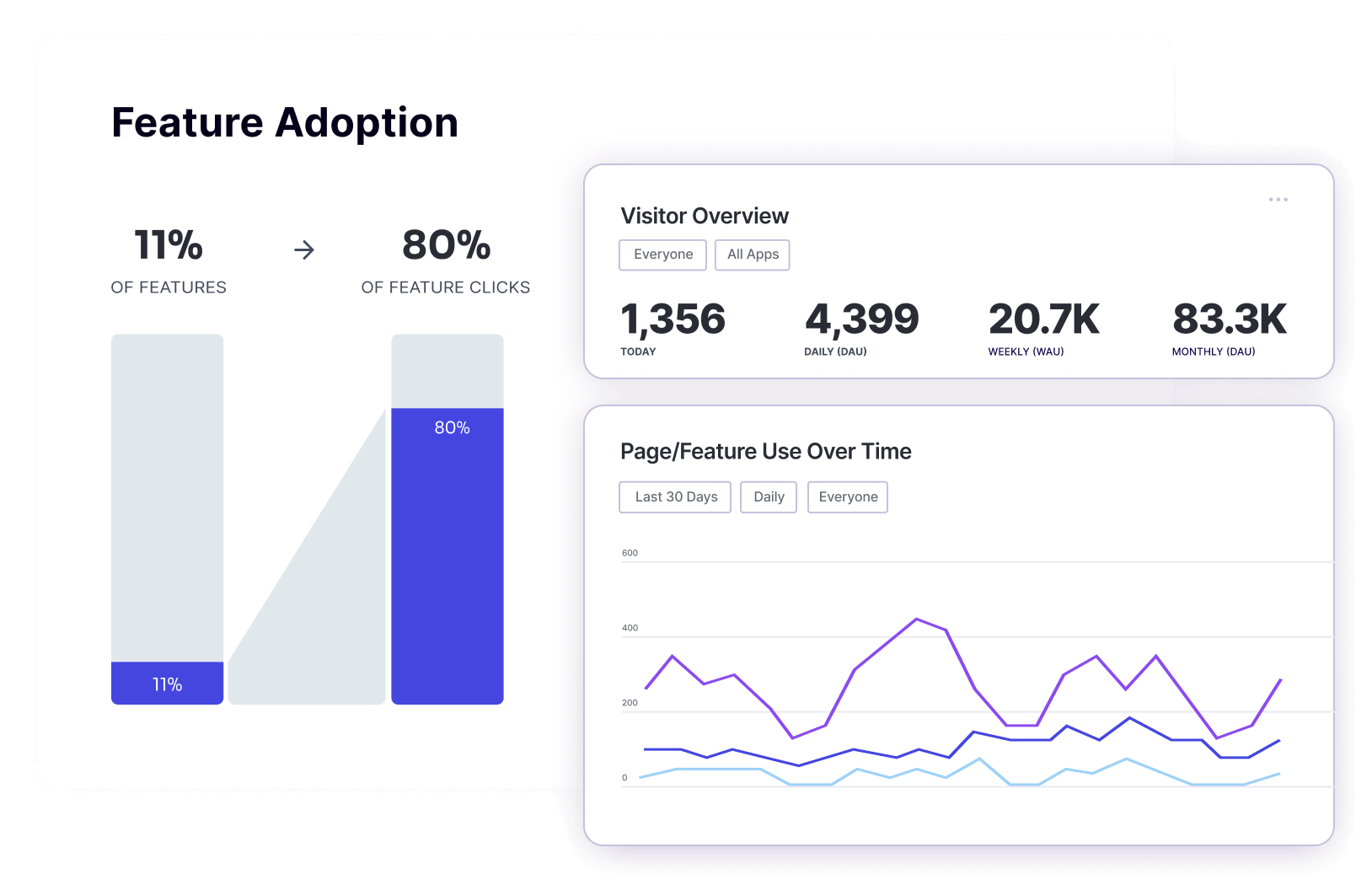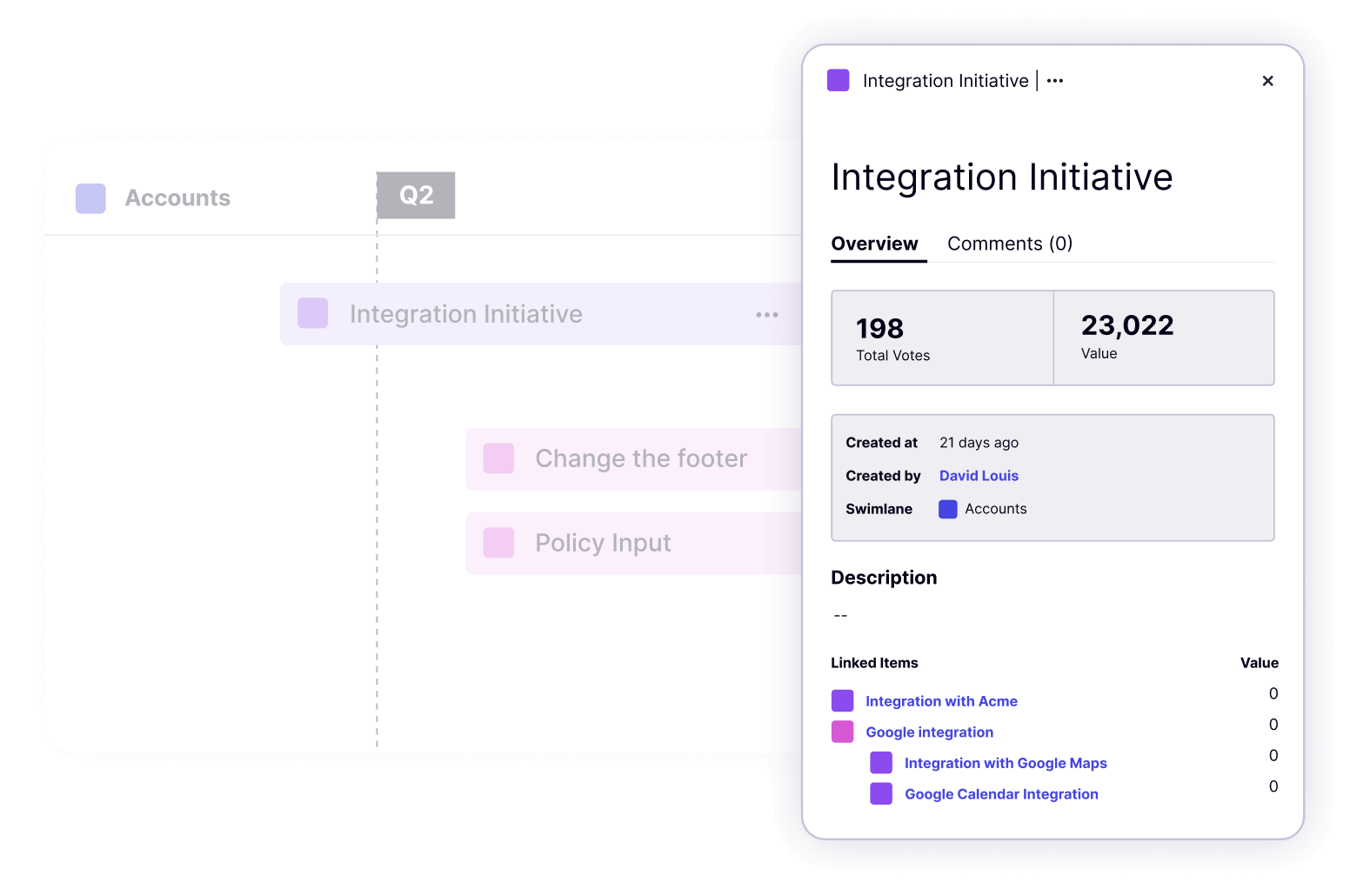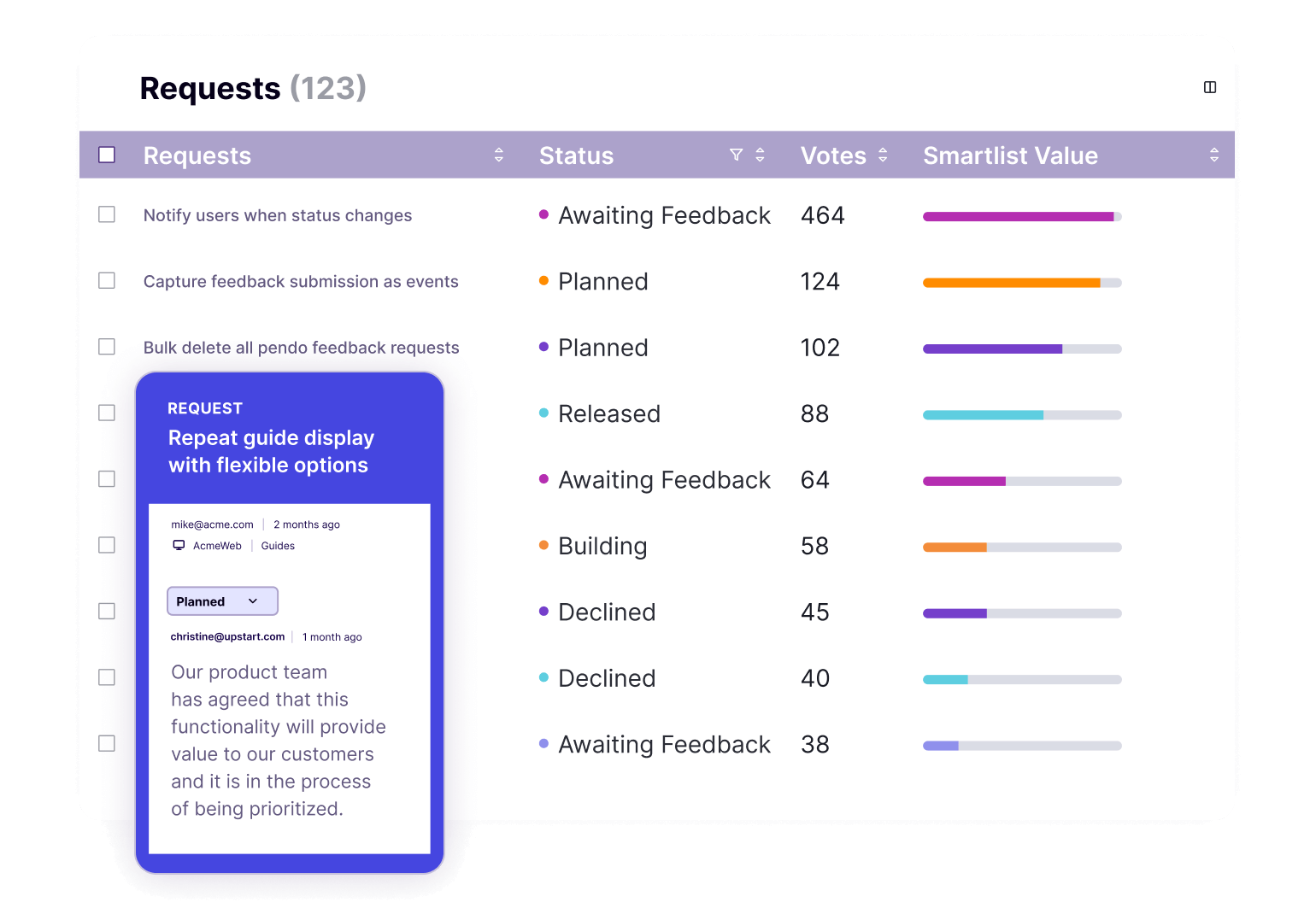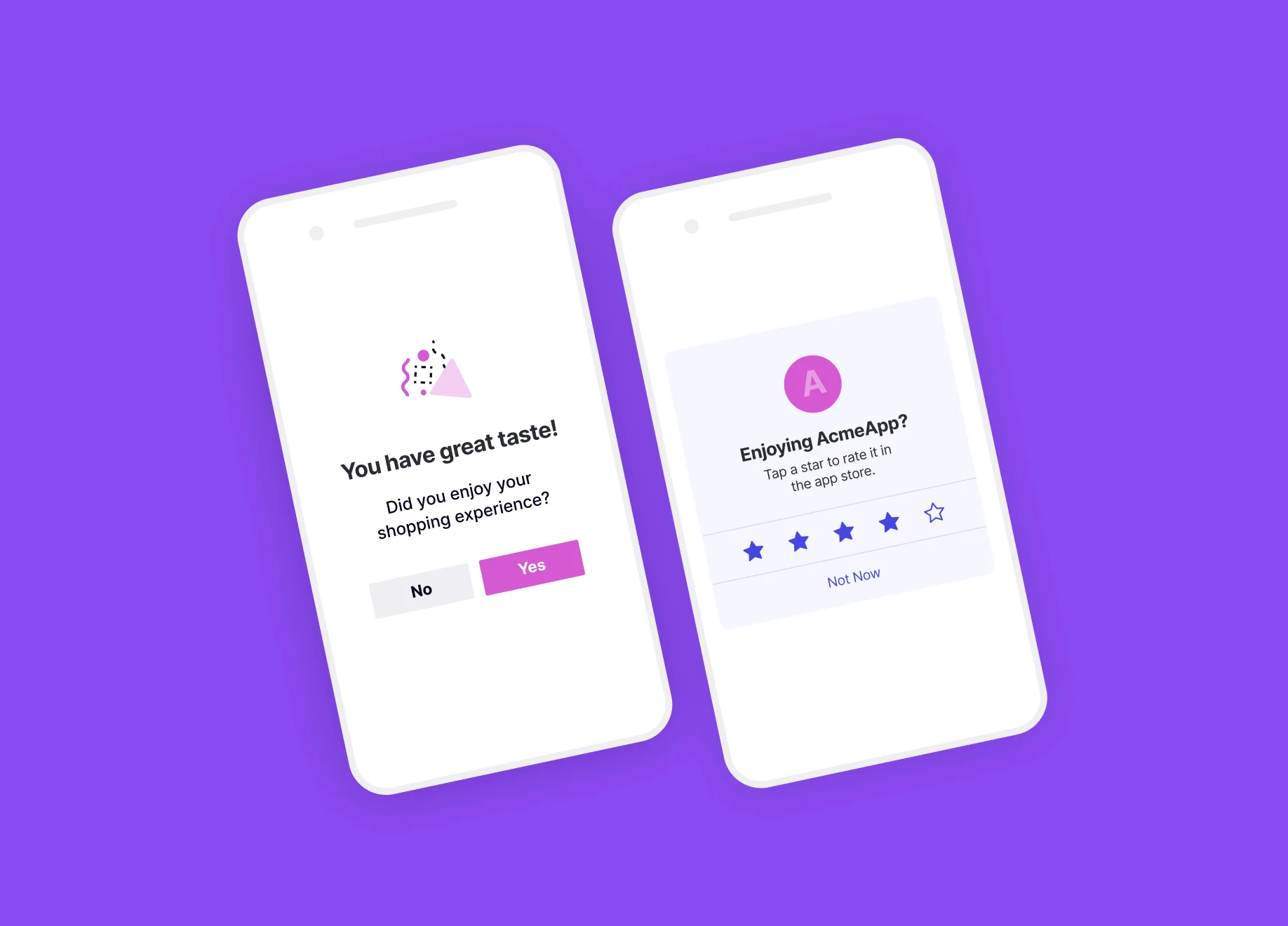
深掘り - 読了目安:10分
顧客からのフィードバック
プロダクトまたはサービスの経験について顧客から提供される情報。
さらに深く掘り下げる
目次
顧客フィードバックとは何ですか?
Customer feedback is information provided by customers about their experience with a product or service. Its purpose is to reveal their level of satisfaction and help product, customer success, and marketing teams understand where there is room for improvement. Companies can collect customer feedback proactively by polling and surveying customers, interviewing them, or by asking for reviews. Teams can also passively collect feedback by providing users a place in the product where they can share comments, complaints, or compliments.
顧客フィードバックとは何かとその使用方法の解説動画
Without customer feedback, a company will never know if customers are getting value out of their product. Without knowing if they’re getting value, the product and go-to-market teams won’t know if they’re nurturing loyal customers (not to mention be able to measure customer retention and customer health). And without loyal customers, well…
Gartnerによると、「顧客が企業との間で顕著な体験をすることが、長期的に乗りかえるかどうかに大きく影響し、ロイヤルティの真の推進要因になる」ということです。これらの顕著な体験が何であったかを知るには、どのような方法があるでしょうか?それが顧客フィードバックです。
顧客フィードバックを収集するためのベストプラクティスは?
顧客フィードバックの収集を開始する前に、明確なプロセスとサービスレベル合意書(SLA)を作成することが重要です。たとえば、フィードバックの保存場所およびその管理責任者を決定して、トリアージ方法に関するワークフローを作成し、フィードバックがどのように使用されるかが理解できるように、顧客と想定を明確に設定する必要があります。
特に初めて顧客フィードバックプログラムを設定する場合は、以下のヒントを元に開始するとよいでしょう。
フィードバックデータを1か所で収集する
If your customer feedback data is spread throughout multiple platforms and places (e.g. spreadsheets managed by disparate teams, content management systems, etc.), there’s no easy way to spot trends or identify themes. You’re also far more likely to feel overwhelmed by (and therefore never use) the feedback you’ve collected—leaving it to get lost in a dreaded black hole of unaddressed feedback.
The tools or systems you decide to use to manage and synthesize all your customer feedback data will largely depend on your organization’s overall goals and stakeholders, the size and scope of your team, and how you plan to use—and close the loop on—feedback submitted by customers. Ask yourself what you really need your centralized feedback hub to do: Are you a small organization that could get by with a spreadsheet or Trello board as you get started? Or would a more comprehensive system like Pendo Feedback allow you to scale and sustain your efforts?
すべての顧客フィードバックを一元化することは、傾向やテーマを特定するために重要ですが、1回限りのリクエストつまり「フリンジ」リクエストを収集する上でも非常に価値があります。このようなあまり知られていない改善領域を文書化することで、今後も同様のコメントに注意を払うことができ、文書化しなければプロダクトチームが考慮しなかったようなインスピレーションの豊富なソースとして役立てることができます。
フィードバック管理プロセスに同意する
多くの場合、顧客フィードバックを収集して対応することは、1つのチームの仕事ではありません。特に大規模またはエンタープライズ規模の組織では、フィードバックの提供元は無数に広がっており、多くの部門が関わります。そのため、フィードバックの管理と共有に関して明確なプロセスを確立することが重要です。これにより、会社のあらゆる部門間で、受信するすべてのフィードバックを整理し、安定した動向を維持できるようになります。これは、関連するインサイトをビジネス全体のさまざまなチームとどのように共有するかを考える、良い機会でもあります。
For example, as the frontline of your business, customer success managers (CSMs) are privy to requests and feedback from customers that your technical teams (who likely don’t get much face time with customers) aren’t. Your CSMs can help your product and engineering teams understand whether a specific feature request is truly urgent and far-reaching—causing numerous accounts to become at-risk—or if it’s a cosmetic request that isn’t actually mission-critical. Creating a clear strategy for how these kinds of findings will be disseminated across the business is critical for avoiding the dreaded feedback black hole.
また、顧客フィードバックデータを受け取って利用するすべてのチームと頻繁に同期するように設定することも重要です。これらのグループがフィードバックの傾向、およびプロダクトロードマップで実行されている取り組みについて足並みをそろえることで、ステークホルダーはより多くの情報に基づいてプロダクトに関する決定を下し、より生産性の高いビジネス上の話し合いを行うことができます。
プロダクトフィードバックポリシーを作成して共有する
A product feedback policy is a critical—but often overlooked—element of any good Voice of the customer (VoC) or customer feedback program. It ensures that everyone (both internal team members and customers alike) understands how they can submit feedback, why their feedback matters, and how their feedback will be managed and used. Setting these clear expectations up front goes a long way towards creating accountability, mitigating potential confusion or frustration, and building trust.
If you’d like to create your own product feedback policy, try starting with this template and reviewing Pendo’s take on product feedback.
顧客フィードバックを収集するための最適な方法は?
The best way to collect feedback is to meet your customers where they are: inside your product. Capturing feedback and requests directly inside your app results in higher response rates and engagement (since customers don’t need to take any extra steps to get to an external feedback submission page or portal), and better quality feedback (since they’re responding within the context of the product, as they’re experiencing it. There are several ways you can use Pendo to capture both quantitative and qualitative customer feedback, in-app.
1. アプリ内アンケートと投票調査
With Pendo, you can collect both quantitative survey and poll data (e.g. Net Promoter Score (NPS) surveys, Customer Satisfaction (CSAT) surveys, or app store ratings) and rich qualitative responses or requests—or even better yet, a combination of the two.
In addition to higher response rates, the ability to keep an ongoing and consistent pulse on customer sentiment, and better quality experience insights, gathering this data inside your product enables you to control the timing and cadence of your surveys and polls. For example, if you’d like a customer to submit an app store rating, ideally, you should try to ask them about their experiences following a positive interaction with your product. Using Pendo, you can define the right behavioral triggers so that your customer is only served the survey after they successfully complete a workflow—rather than via an email or other external channel you can’t orchestrate.
2. リソースセンター
The best VoC programs capture both active and passive customer feedback. Passive customer feedback allows customers to submit their thoughts and requests whenever it’s most convenient for them. Not only does this self-service model allow customers to control when and how they share feedback, but it also allows you to keep an ongoing pulse on requests and to gather input about the product or customer experience you may not have considered or previously included in other, more targeted feedback collection programs.
A Resource Center is a great way to give customers an always-available avenue for submitting feedback (or staying abreast on product updates, revisiting onboarding guides, and easily accessing other useful support resources), directly within the context of your product or app. Adding Pendo Feedback to the Resource Center also allows customers to vote for and view in-app requests, helping to close the feedback loop and keeping users in the know about what’s coming next.
顧客フィードバック戦略を改善するにはどうすればよいですか?
- Make it timely: Emailing a survey to a user may be asking more than they’re willing to give, especially because reading the email pulls them out of the product. Instead, survey them in-app so they receive the question while they are using the product. In-app surveys yield more accurate feedback and typically have higher response rates.
- 簡単にする:フィードバックの収集は、企業の都合ではなく、顧客のやりやすい方法で行う必要があります。つまり、顧客がプロダクト内を探し回って「お問い合わせ」フォームを見つけなければならないようでは、プロダクトチームやマーケティングチームが切望するフィードバックの提供は困難でしょう。また、時々アンケートを実施するだけでは不十分です。効果的なプログラムを組んでフィードバックの仕組みを可能な限りシンプルにし、いつでも誰でも利用できるようにする必要があります。
- Make it smart: Customers should be able to rank their feedback priority—let them share what is most pressing for them, so that product, marketing, and customer success teams can better prioritize their actions. The product team should also be able to search and segment feedback data to better understand any patterns. At Black Diamond, the team sorts feedback by client type and revenue to see if similar accounts are having comparable issues, and then prioritizes accordingly.
- 反応する:企業がフィードバックをいくら収集しても、結局ブラックホールに陥って、回答がまとめられず改善されなければ意味がありません。フィードバックを収集する前に、会社に明確なビジョンとプロセスがあり、フィードバックを収集、優先順位付け、管理するためのツールがあることを確認しましょう。
顧客フィードバックに基づいて行動する
フィードバック収集の戦略を作成し、すべてのデータを統合して顧客の意見を積極的に収集しています。さて、次のステップ何でしょうか。フィードバックの実行戦略は、目標、ビジネスモデル、チーム構造によって、それぞれの組織で異なりますが、通常は次のガイドラインに従います。
1. 定性的データと定量的データを連携させる
While product teams of the past have historically relied on anecdotal feedback and gut instinct, that no longer cuts it today. To build the best products possible, companies need data that paints a complete picture of the customer experience. With Pendo, you can bring your product analytics and usage data together with incoming feedback from users—so you can not only see how users are engaging with your product, but also understand what they think about that experience and why they’re using it that way.
Pairing qualitative feedback with quantitative data (like product usage and user metadata) is easy in Pendo. For example, when you view requests, you can also see contextual data about your customers at the user or account level (e.g. if they’re a free user vs. paying customer, how active they are in the application, etc.).
2. 緊急性を理解し、影響を定量化する
Once you’ve started to identify and group themes in your feedback data (for example, through NPS Insights and synthesis), it’s important to understand the urgency of each request—and its associated value. This will help ensure that your product and development teams are focused on the right initiatives or features that will drive desired outcomes for the business—not just requests coming from the loudest voices in the room—while satisfying your most important or valuable accounts. In Pendo, you can sort requests by account value or number of votes to better identify which areas prioritize and focus on.
3. データをロードマップにリンクする
For product teams in particular, the roadmap is your North Star: The future state you’re working towards and the strategic direction you’re steering your product (and by extension, the company) in. Product analytics and customer feedback have an equally important role to play when it comes to informing your roadmap. And without them, you run the risk of devolving your roadmap into a reactive punch list of features—rather than an anchor of your company’s long-term strategy.
Using customer feedback to inform your roadmap is crucial for prioritizing engineering time, making the case for additional resources, and validating items already on your roadmap. This insight is also critical for understanding which products or features are underutilized or aren’t adding value for your customers (and why they feel that way)—so you can make more informed decisions about where you should continue to invest your time and energy.
4. フィードバックの循環
Even if your organization decides not to pursue a feature or request submitted by a customer, it’s critical to close the loop. Customers will quickly lose trust in your brand if they regularly share their thoughts but never hear back from you—regardless of whether you’ve decided to act on their feedback or not. With Pendo Feedback, you can easily automate this process and send a short message to your users whenever the status of their request changes.
And regardless of whether you’re managing your feedback in spreadsheets or in a scalable system like Pendo, a Product Feedback Policy is one of the best and most efficient ways to set clear expectations with your customers from the start. This policy sets clear standards that tell them exactly what to expect once they hit “submit” on their feedback—including when they might hear from you, how you plan to manage and use their feedback, and the benefits of sharing their input.
